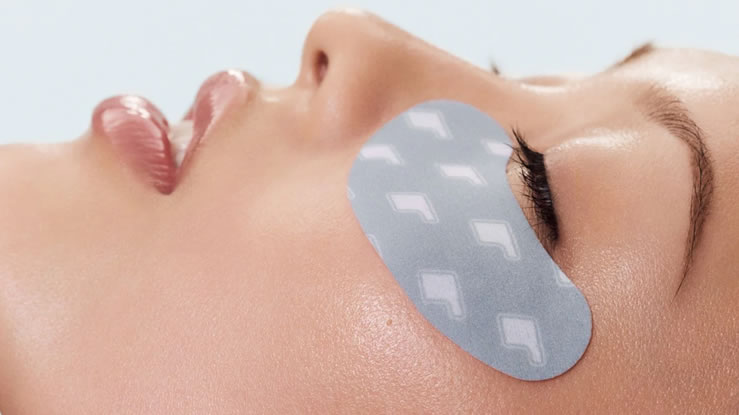Applying a facial mask correctly can enhance your skin’s natural glow, especially for dark skin, which often requires hydration, brightening, and even tone maintenance. Whether you’re using a clay mask, sheet mask, or cream mask, following the right steps ensures your skin gets the maximum benefits. Here’s how to properly apply a facial mask on dark skin:
Choose the Right Mask for Your Skin Type
Before applying a mask, ensure you choose one that suits your skin type. For dark skin, common concerns include dryness, hyperpigmentation, and oil control. Here are some options:
- Clay Masks: Best for oily skin and to clear out pores.
- Hydrating Masks: Ideal for dry or combination skin.
- Brightening Masks: Helps to even out skin tone and reduce dark spots.
Prep Your Skin with Cleansing
Cleanse your skin to remove dirt, oil, and makeup before applying any mask. This helps the mask penetrate better and ensures that your pores are ready to absorb the nourishing ingredients.
- Use a gentle cleanser that suits your skin type.
- Rinse with warm water to open your pores.
Exfoliate to Remove Dead Skin
Exfoliating before applying a mask can improve the results, as it removes dead skin cells that could block the mask’s active ingredients. Be sure to use a gentle exfoliant to avoid irritation.
- Pro Tip: For sensitive skin, exfoliate no more than twice a week.
Apply the Mask Evenly
Whether it’s a cream, clay, or sheet mask, ensure that you apply it evenly across your face. Avoid getting too close to your eyes and lips.
- For Cream and Clay Masks: Use clean fingers or a mask brush to spread the product evenly.
- For Sheet Masks: Gently press the mask into your skin, ensuring it fits well over all contours.
Time It Right
Most masks require 10-20 minutes to work, but always check the instructions. Avoid leaving the mask on too long, as it could cause irritation or over-dry your skin.
- Clay Masks: Remove before it fully dries to prevent over-drying your skin.
- Hydrating Masks: These can often stay on a bit longer.
Rinse Off with Lukewarm Water
After the mask has done its job, rinse off with lukewarm water. Use a soft cloth if necessary, but avoid scrubbing your skin too hard, which could cause irritation.
- For Sheet Masks: No need to rinse. Massage the remaining serum into your skin for added hydration.
Follow Up with a Toner
Once your mask is off, use a toner to balance your skin’s pH and tighten your pores. This step is especially helpful for oily skin, as it prevents excess oil buildup.
Moisturize for Long-Lasting Hydration
Dark skin can sometimes look ashy if not properly moisturized. After masking, apply a moisturizer to lock in the benefits and hydrate your skin.
- Use a product that works for your skin type, such as a lightweight gel for oily skin or a rich cream for dry skin.
Don’t Forget Sunscreen
If you’re applying a mask during the day, be sure to follow up with sunscreen, especially if you’re using a brightening or exfoliating mask. Dark skin is also prone to hyperpigmentation, and sunscreen helps prevent dark spots from forming.
Tips for Best Results:
- Use masks 2-3 times a week depending on your skin’s needs.
- Avoid over-exfoliating before using masks.
- Store sheet masks in the fridge for a refreshing experience.
Applying a facial mask correctly on dark skin can deeply nourish and enhance your skin’s natural glow. Following these steps ensures that your skin is left hydrated, smooth, and glowing with radiance.

















